Geofencing Security: Protect Businesses in a Connected World
Did you know that, in 2022 the average global data breach cost was $4.35 million? Or that 52% of stolen devices happen in the workplace?
These are stark numbers but not out of the norm, with the threats to organisations continuing to grow as their device usage becomes more complex, and attacks become more sophisticated.
Cybersecurity threats are an omnipresent concern for organisations as they face dangers of malicious actors stealing sensitive data, exploiting vulnerabilities in fleet device operating systems, particularly Android, and lost and stolen devices.
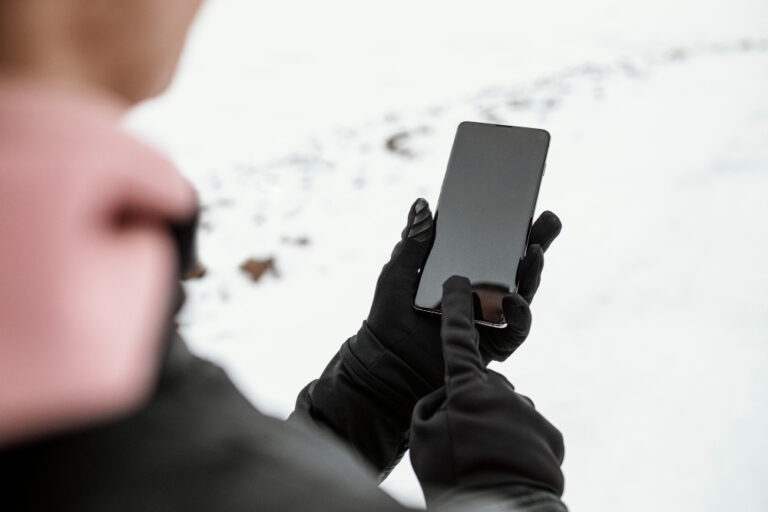
It’s important to fully understand those threats and tackle them using modern and evolving security measures. Location-based security solutions are increasingly becoming one of the go-to tools to do that, with geofencing being a core component.
In this article, we will explow how geofencing security allows you to fortify your business against cybersecurity threats as well as maximise the productivity and efficiency of your employees.
Part 1: What is geofencing security?
First things first…What is geofencing security?
Geofence security is a location-based tool that enables admins and managers to set virtual boundaries, known as ‘geofences’, around a physical area. That could be an entire city or a single building.
This security mechanism allows admins and managers to set up rules or policies that improve security and ensure compliance. For example, when a tracked device enters or exits a predefined boundary, it will trigger an alert and corresponding action, such as device locking, protecting you from data loss or other risks.
For businesses facing increasing complexity when it comes to their devices, geofencing security can have significantly positive implications. Many industries and organisations are beginning to look at smarter ways to leverage this technology to enhance their operational performance and minimise unnecessary costs.
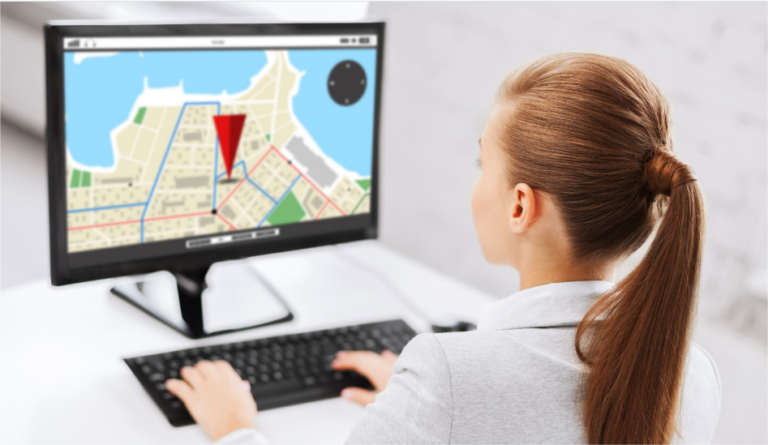
You might have already heard of this tech being used in some industries (marketing often comes to mind here) but we’ve broken down how it can be applied elsewhere.
Part 2: Leveraging the technology in the right way
Geofencing security is an empowering tool with several crucial applications, with hackers constantly finding new ways to exploit security weaknesses, and employees and operations not always optimised for success.
Fortunately, there are several things you can do to combat these challenges.
1 Access Control
Proper access to sensitive data and highly controlled areas is critical to business continuity. Geofencing security is emerging as a reliable and effective way to manage this problem.
Instead of manual check-ins or security personnel monitoring who comes and goes in secure areas, you can implement geofencing to track the location of devices in real-time and provide access to permitted employees only.
2 Asset protection
The capacity to have full visibility over where devices and other assets is crucial to preventing avoidable downtime or unnecessary losses.
For example, if there’s an expensive piece of equipment that needs to be monitored, it allows you to do that at the click of a mouse button. You can then respond to any incidents involving your assets, minimising accidents, loss, and theft.
3 Monitoring remote locations
Many organisations, like construction, have numerous employees and assets dispersed across an equal number of remote sites.
This can be a challenge to keep track of, especially if there are hundreds or even thousands of pieces of heavy equipment being used, like excavators, dump trucks, or cranes.
Using a centralised dashboard, IT admins can have complete view of every single device, so they know their whereabouts at any given moment. They can then respond to issues such as device inactivity, misuse, or device health issues, resulting in reduced downtime.
4 Real-time alerts
One of the key advantages of geofencing security are real-time alerts, as they empower organisations to reduce downtime and escalation by having faster response times to issues.
Once the virtual fence has been configured, any device that deviates from the designated area or an abnormal event is detected, the configuration will trigger an action.
At the same time, an automated alert will go immediately to admins. Alerts can be triggered based on several conditions, including data usage and offline devices.
5 Emergency response
Workflows directly complement geofences by allowing you to set up automated actions and alerts from the corresponding trigger.
Different workflows can be used for different scenarios and they’re particularly useful for responding to emergencies or critical issues, such as if a device is reset or taken in or out of a designated area.
This automation frees up valuable time for your employees and admins to focus on more critical tasks and prevents emergencies from escalating into something more damaging.
Part 3: Four industries that can benefit from geofencing security
While geofencing technology has uses across innumerable industries, there are four that can benefit from the tech particularly well. Let’s take a look at them.
1. Retail and inventory management
Retailers commonly use geofencing tech for marketing messages, but it works equally well as a security measure to protect against theft or other causes of inventory loss.
Geofences allow managers and admins to monitor the whereabouts of inventory and respond to issues with real-time alerts, such as if a tagged item crosses a boundary. That extra layer of security then allows security personnel to prioritise other tasks and respond to alerts in a timely fashion.
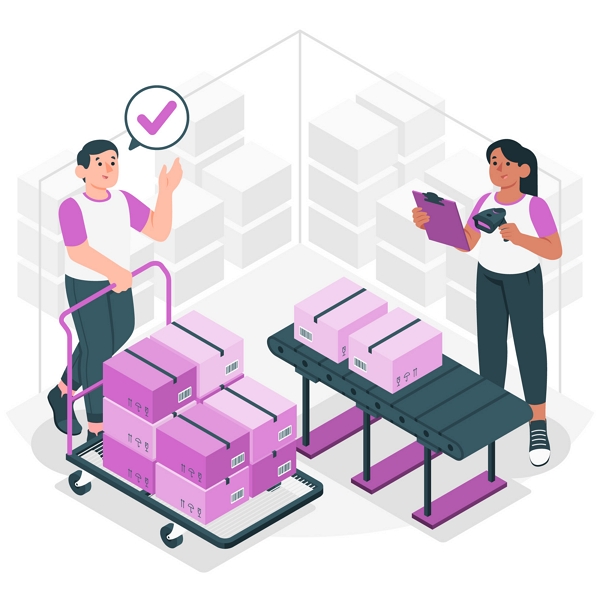
2. Construction sites and equipment protection
Construction sites contain expensive, hard-to-replace equipment, so managing the whereabouts and security of these assets is crucial for business continuity.
You can improve efficiency and mitigate unnecessary damage or other costs by tracking, managing, and securing this equipment and machinery. Whether it’s thieves, other bad actors or just employees moving equipment to unauthorised areas, you can have full visibility over high value assets and keep your business running smoothly.
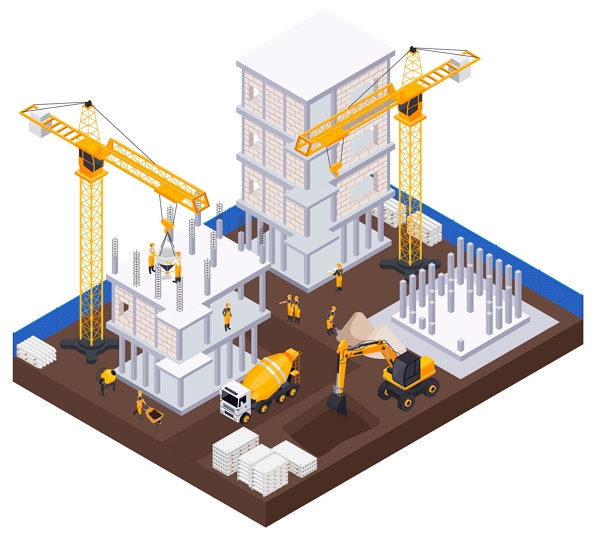
3. Fleet management and logistics
As part of their core responsibilities, field workers are entrusted with safeguarding assets within the supply chain, ensuring that they’re managed appropriately.
However, things don’t always go as planned. Using a centralised dashboard, operations managers can monitor deliveries and respond to any deviations to configured zones, helping to avoid delays, unforeseen fuel costs, or downtime.
They can then implement learnings gleaned from data and insights to optimise logistics strategy and operations.
![]()
4. Healthcare facilities and patient safety
In the healthcare sector, sometimes patients are at risk.
For example, elderly patients or amnesia-sufferers will need to be closely monitored to maintain their safety or help with finding their way around the facilities.
Geofencing enables healthcare providers to maintain their safety, while giving nurses and other staff much-needed time back to prioritise other business-critical tasks. The result is greater operational efficiency and decreased safety incidents.
![]()
Part 4: Why geofencing alone might not be enough for you?
Geofencing alone might not offer comprehensive security, as it has limitations in dealing with evolving cyber threats in workplaces.
For instance, Android holds a dominant market share of over 70% in the global operating system market, which also makes it an attractive target for hackers due to its wide usage. This shows that relying solely on geofencing isn't enough to ensure security.
To ensure robust security and effective management, businesses should consider supplementing their approach. Mobile Device Management (MDM) solutions fit this role well. MDM provides precise device control, enabling security policy implementation, streamlined updates, and rapid threat responses.
By blending geofencing and MDM, organizations establish a more resilient defense against the ever-changing cyber landscape.
Part 5: AirDroid Business MDM Geofencing
AirDroid Business MDM Geofencing is one such solution that equips you with the game-changing tools that will protect and empower organisations to operate securely.
Key Features:
- Monitor Device Movement
- See Your Assets in One Place
- Track and Secure Devices
- Improve Route Efficiency
- Provide Remote Troubleshooting
The AirDroid Business MDM 14-day free trial (with no credit card or setup fees) gives you complete access to – not just the geofencing security features – but the entire Mobile Device Management suite, so you can get first-hand experience of how powerful the applications can be.
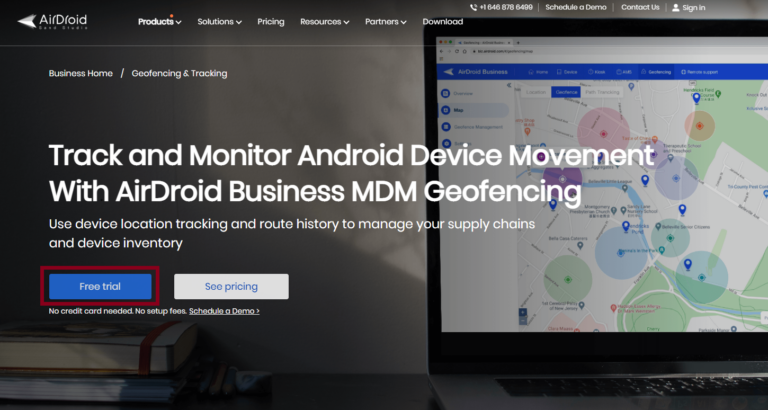
Head here to find out more.





Leave a Reply.